Tax Tactics: June 2016
Deduct Now, Donate Later
Donor Advised Funds Offer Significant Benefits.
If you’re planning to make significant charitable donations, consider a donor-advised fund (DAF). DAFs offer many of the tax and estate planning benefits of private foundations, at a fraction of the cost. (See “DAFs vs. private foundations.”) Most important, they allow you to take a significant charitable income tax deduction now , while deferring decisions about how much to give — and to whom — until the time is right.
What is a DAF?
A DAF is a tax-advantaged investment account administered by a not-for-profit “sponsoring organization,” such as a community foundation or the charitable arm of a financial services firm. Contributions are treated as gifts to a Section 501(c)(3) public charity, which are deductible up to 50% of adjusted gross income (AGI) for cash contributions and up to 30% of AGI for contributions of appreciated property (such as stock). Like other gifts to public charities, unused deductions may be carried forward for up to five years. And funds grow tax-free until they’re distributed.
Although contributions are irrevocable, you’re allowed to name the account and recommend how the funds will be invested (among the options offered by the DAF) and distributed to charities over time. You can even name a successor advisor, or prepare written instructions, to recommend investments and charitable gifts after your death.
Technically, a DAF isn’t bound to follow your recommendations. But in practice, DAFs almost always respect their donors’ wishes — otherwise, they’d have a hard time attracting contributions. Generally, the only time a fund will refuse a donor’s request is if the intended recipient isn’t a qualified charity.
What are the benefits?
DAFs offer a variety of valuable benefits, such as:
Immediate tax deduction . The ability to deduct DAF contributions immediately but make gifts to charities later is a big advantage. Consider this scenario: Rhonda typically earns around $150,000 in AGI each year. In 2016, however, she sells her business, lifting her income to $5 million for the year. Rhonda decides to donate $500,000 to charity, but she wants to take some time to investigate charities and spend her charitable dollars wisely. By placing $500,000 in a DAF this year, she can deduct the full amount immediately and decide how to distribute the funds in the coming years. If she waits until next year to make charitable donations, her deduction will be limited to $75,000 per year (50% of her AGI).
Even if you have a particular charity in mind, spreading your donations over several years can be a good strategy. It gives you time to evaluate whether the charity is using the funds responsibly before you make additional gifts. A DAF allows you to adopt this strategy without losing the ability to deduct the full amount in the year when it will do you the most good.
Another benefit of making donations in a big income year is that the higher the donor’s tax bracket, the more valuable the deduction.
Capital gains avoidance . An effective charitable-giving strategy is to donate appreciated assets — such as securities, real estate or interests in a business. You’re entitled to deduct the property’s fair market value and you can avoid the capital gains taxes you would have owed had you sold the property. But not all charities are equipped to accept and manage this type of donation. Many DAFs, however, have the resources to accept contributions of appreciated assets, liquidate them and then reinvest the proceeds.
Ease of use . DAFs can greatly simplify the estate planning and charitable giving process, substantially reducing your costs. Once you’ve established a DAF, making a charitable gift is simply a matter of sending instructions to the sponsor. The sponsor takes care of confirming the charity’s tax-exempt status, sending the contribution and obtaining necessary acknowledgments.
A DAF also enables you to streamline your estate plan by setting up a single vehicle for all of your charitable bequests. By naming a DAF, rather than individual charities, as a beneficiary of your will, trusts, retirement accounts or life insurance policies, you avoid the hassle and expense of modifying these documents if your charitable priorities change.
Anonymity . Making anonymous gifts to individual charities, while obtaining IRS-required acknowledgments, can be a challenge, particularly for noncash donations. But, when you use a DAF, the sponsor handles the transaction, making it easy to protect your privacy if you so desire.
Do your homework
If you’re contemplating a DAF, be sure to shop around. Fund requirements — such as minimum contributions, minimum grant amounts and investment options — vary from fund to fund, as do the fees they charge. So, work with your financial advisor to find a fund that meets your needs.
Sidebar: DAFs vs. private foundations
Donor-advised funds are similar to private foundations in that they allow you to make tax-deductible contributions while retaining the right to make charitable gifts over time. But foundations are expensive to set up and administer, and they’re subject to excise taxes, minimum distribution requirements and lower contribution limits (30% of AGI for cash; 20% for appreciated property).
Private foundations offer important advantages, however, for those who can afford them. For example, they give you complete control over investments and gifts, they’re permitted to compensate family members who work for the foundation, and they’re allowed to make gifts to individuals (such as scholarships or grants) under certain circumstances.
© 2016
This material is generic in nature. Before relying on the material in any important matter, users should note date of publication and carefully evaluate its accuracy, currency, completeness, and relevance for their purposes, and should obtain any appropriate professional advice relevant to their particular circumstances.
Share Post:









